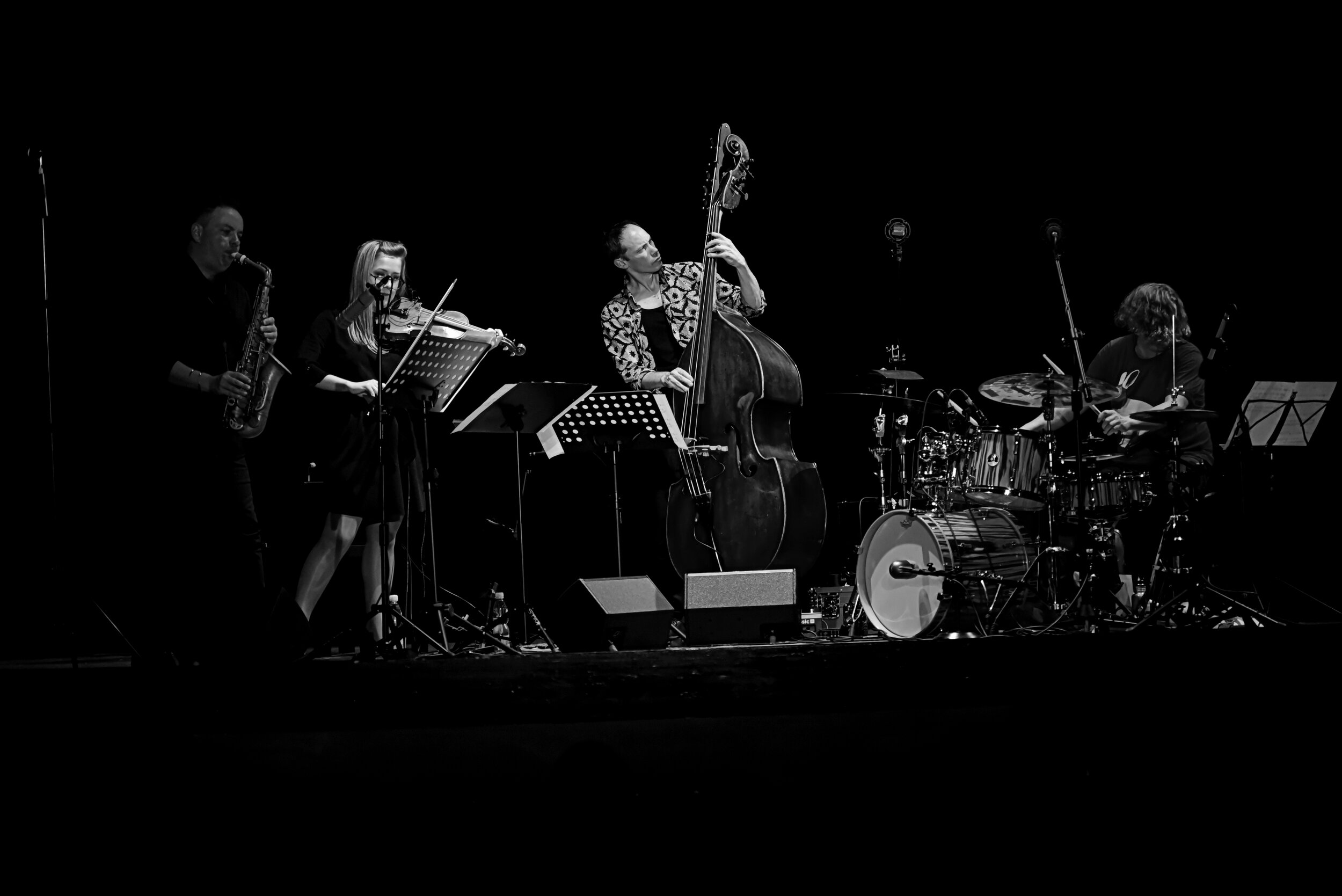Remembering Tomasz Stanko
Photo: Zdzieblo Kazimierz
Last month I had the pleasure of traveling from Berlin to the picturesque mountain village of Sokołowsko, Poland for a one-day event On September 12 saluting the legacy of the singular trumpeter Tomasz Stanko. The project was organized by Piotr Turkiewicz, who programs the impressive Jazztopad Festival in Wroclaw, and the local Foundation of Contemporary Art In Situ, which houses the archives of filmmaker Krzysztof Kieślowski and is in the process of transforming the town’s famed sanatorium into a dynamic arts center and residency. As much as I’ve admired and enjoyed Stanko’s music over the years, I came away from the event with a much greater understanding and appreciation for his work and his broad influence.
I served as a moderator on a panel where participants, most of whom had worked directly with the trumpeter, reminisced about their experiences with him. Present in Sokołowsko were drummer Jim Black, who played in one iteration of Stanko’s New York band, Polish reedist Maciej Obara, who played with the trumpeter in Poland, Canadian bassist Miles Perkin (a fan, but a musician who never worked with him), and via Skype from Sweden, the brilliant pianist Bobo Stenson, a keystone of Stanko’s great 90s band with Tony Oxley and bassist Anders Jormin. Over and over the participants shared thoughts on Stanko’s intense spirit, his indefatigable artistic drive, and his quiet intensity. Black told a remarkable story about encountering the trumpeter in a bathroom at a European jazz festival where he spotted the Stanko’s false teeth sitting on a basin while he washed his face. Upon being noticed, the trumpeter gestured for Black to wait a moment, and then explained to him his struggles with substance abuse and poor health that precipitated the removal of his teeth as part of the process of musical rebirth—requiring him to utterly redevelop his embouchure. Stenson recalled his astonishment at performing with Stanko in Warsaw, where the trumpeter was treated like a hero.
The panel discussion was followed by a terrific performance by a quartet assembled specifically for the occasion, with Black, Obara, and Perkin joined by a superb young Polish violinist named Amalia Obrębowska. The concert took place at Kinoteatr Zdrowie Sokołowsko, a lovely old Communist-era cinema, with a set-list split between Stanko’s indelible slow-burn melodies and pieces written by each of the musicians. The performance was beautiful and I was impressed by how the musicians gelled quickly into a cogent band. They didn’t seek to emulate Stanko’s work, but maintained their own personalities, yet regardless of the provenance of the repertoire, there was something ineffably Stanko-esque about everything, and when they played his pieces that spirit was magnified, his lyricism retaining a singular glow. Below you can check out the entire concert.
Today’s playlist:
Trondheim Jazz Orchestra & Ole Morten Vågan, Happy Endings (Odin)
Ty Segall & White Fence, Joy (Drag City)
Alison Cotton, All is Quiet at the Ancient Theatre (Feeding Tube/Cardinal Fuzz)
Julien Desprez & Luís Lopes, Boa Tarde (Shhpuma)
Anderson.Paak, Oxnard (Aftermath)




